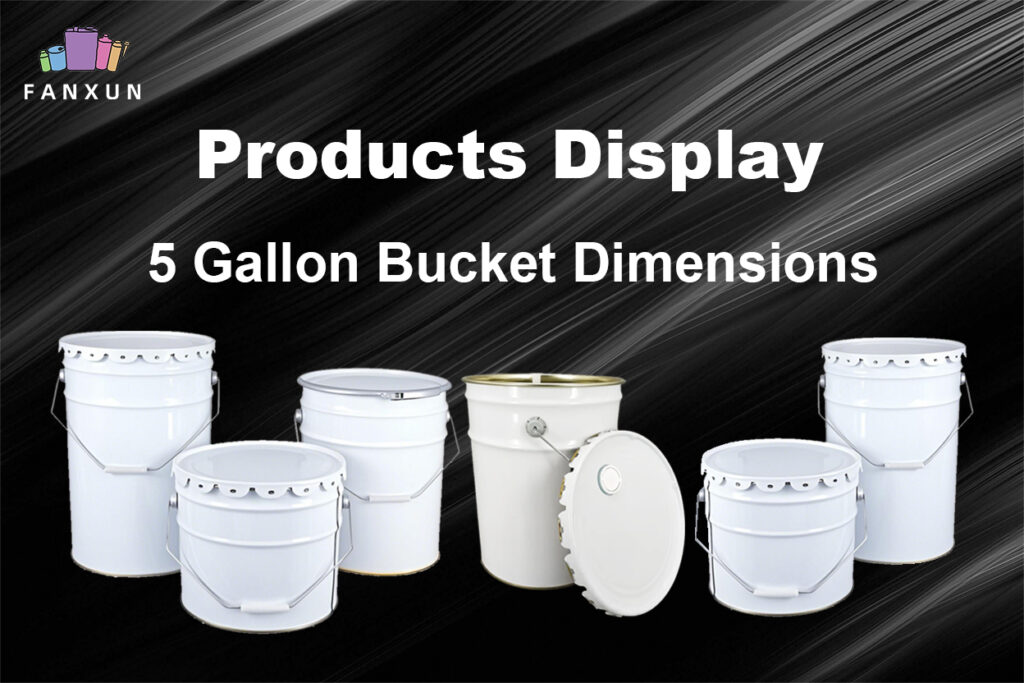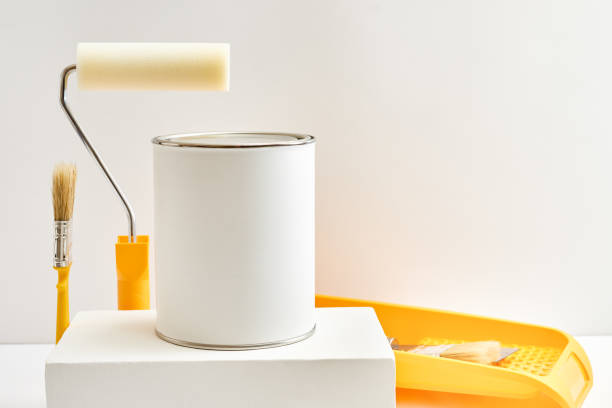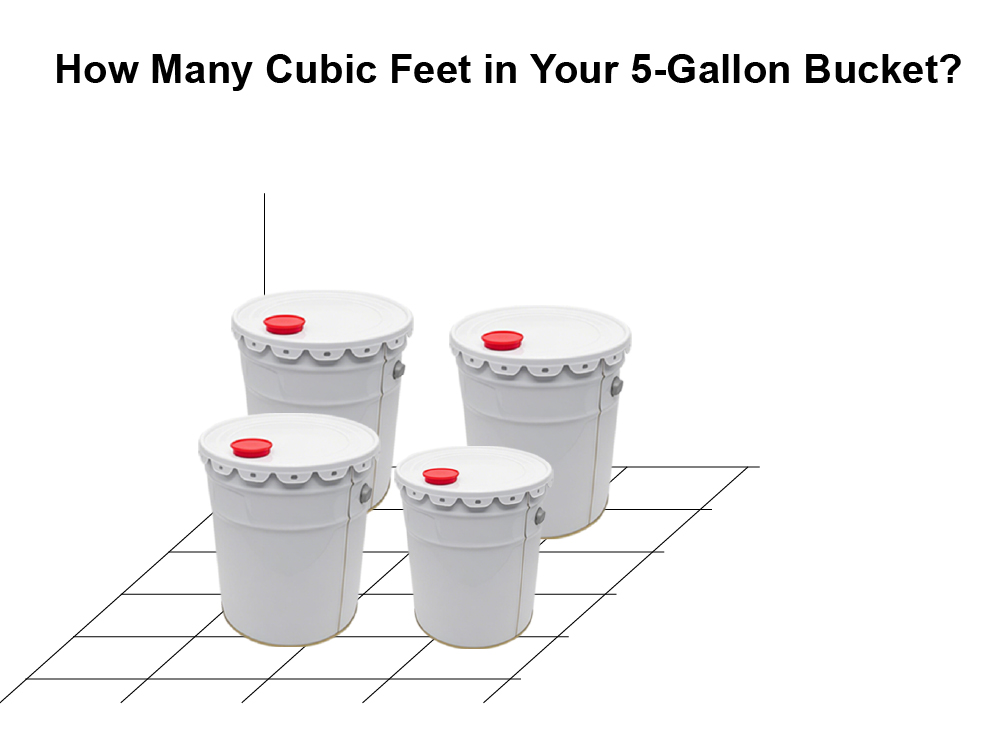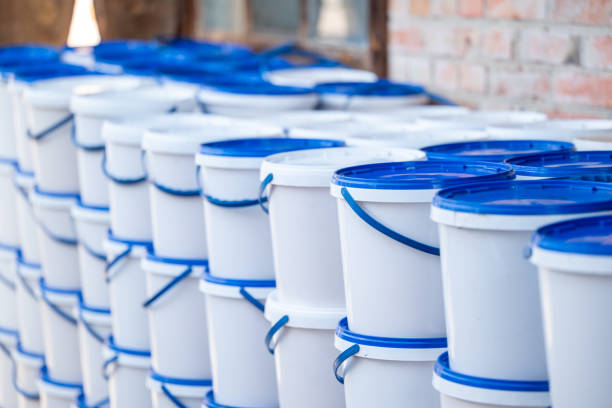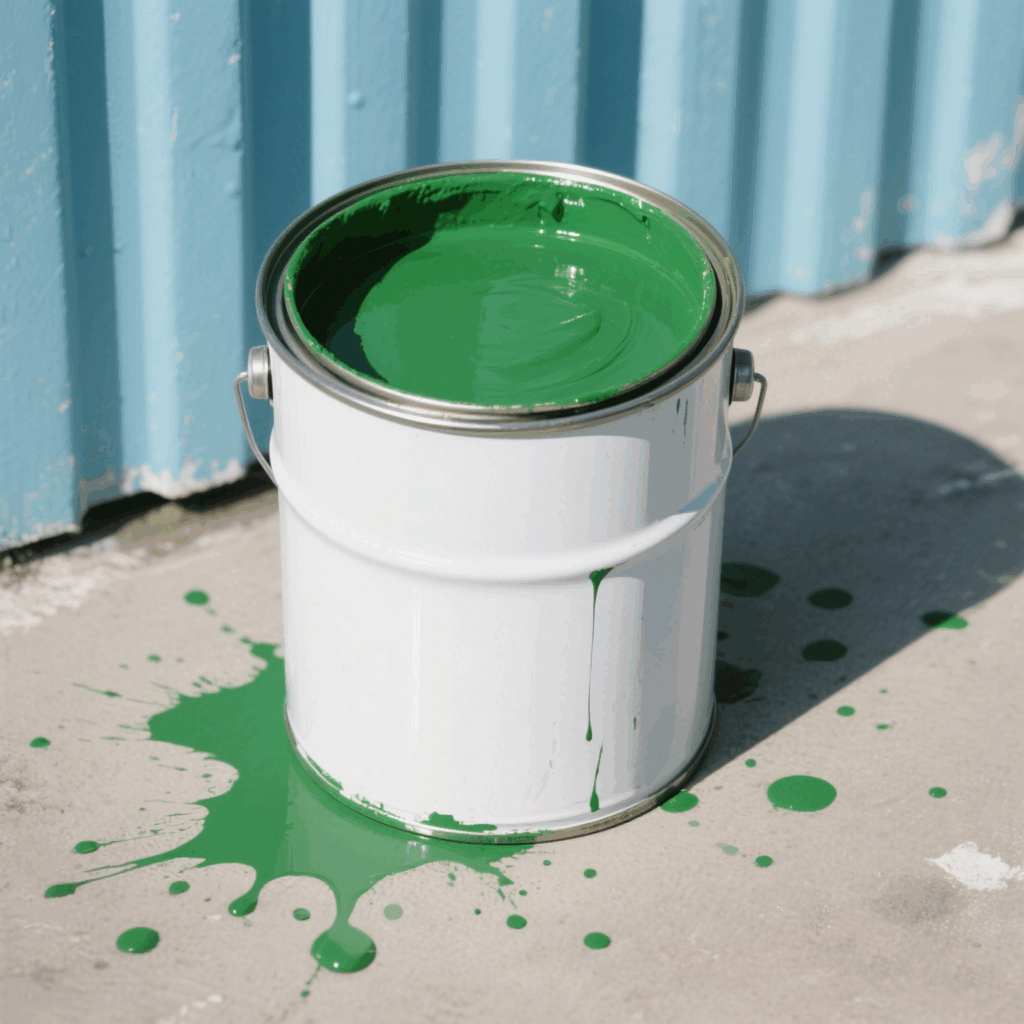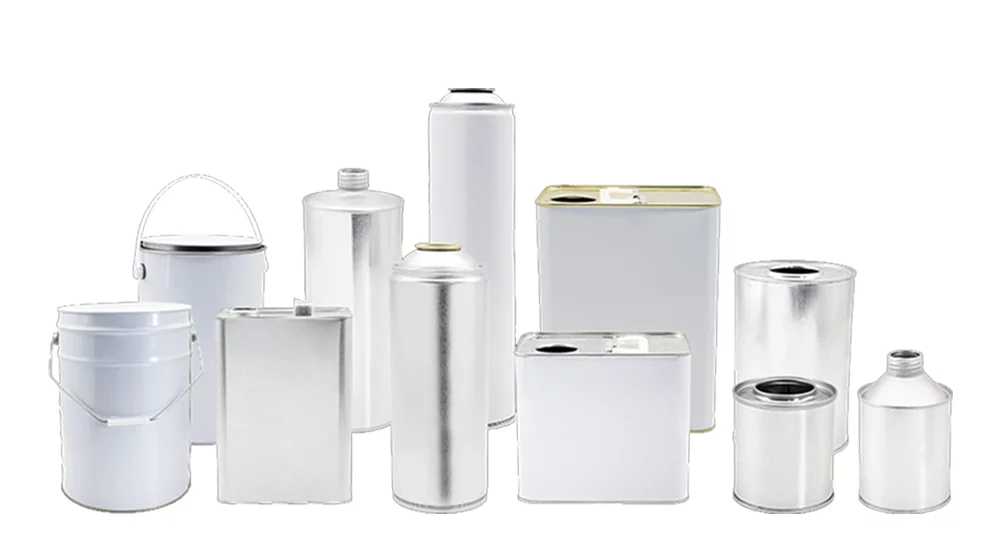금속 드럼은 튼튼하고 내구성있는 용기로 산업 및 상업 부문에서 필수적인 역할을합니다.. 금속 드럼은 일반적으로 갤런 또는 리터로 제공됩니다, 지역 표준에 따라. 일반적인 크기는 1 갤런 (3.8 리터) 에게 55 갤런 (208 리터), 특별 용도로 사용자 정의 크기를 사용할 수 있습니다. 용량의 선택은 저장되는 물질의 유형에 따라 다릅니다., 교통 수단, 그리고 취급 요구 사항. 예를 들어, 대용량 드럼은 오일과 같은 액체의 벌크 수송에 적합합니다., 약, 또는 음식 성분, 작은 용량 드럼은 페인트에 사용됩니다, 코팅, 그리고 더

금속 통통 용량의 일반적인 단위
금속 통통의 용량 단위는 지역 및 사용 시나리오에 따라 다릅니다.. 일반적인 용량 단위에는 다음이 포함됩니다:
밀리리터 (ML): 소규모 용량 금속 통로 주로 미세한 화학 물질 또는 실험실 제품에 적합합니다.. 일반적인 작은 철 드럼 용량에는 500ml가 포함됩니다, 1000ML, 등.
리터 (엘): 국제적으로 널리 사용되는 용량 단위, 중간에서 큰 철 드럼에 적합합니다. 일반적인 용량에는 5L이 포함됩니다, 10엘, 20엘, 등., 페인트 및 윤활제와 같은 제품을 저장하는 데 적합합니다.
갤런: 갤런은 북미에서 일반적으로 사용되는 용량 단위입니다., 그리고 1 갤런은 거의 동일합니다 3.785 리터. 일반적인 금속 통은 다음과 같습니다 1 갤런, 5 갤런, 등., 석유 제품 및 화학 물질 저장에 적합합니다.
쿼트: 쿼트는 주로 미국에서 사용됩니다, 그리고 1 쿼트는 갤런의 4 분의 1과 같습니다 (~에 대한 0.946 리터). 이 아이언 드럼 단위는 종종 윤활제 및 모터 오일과 같은 제품을 포장하는 데 사용됩니다..
북: 산업 분야에서, 특히 화학 및 석유 산업에서, “북” 일반적으로 단위로 사용됩니다. 가장 일반적인 것은 55 갤런의 철 드럼입니다, 거의 동일합니다 208 리터.
이러한 용량 단위는 사용자가 다양한 스토리지 요구에 따라 가장 적합한 철 드럼 사양을 선택하는 데 도움이됩니다., 운송 및 사용의 편의를 보장합니다.
금속 통통 용량의 일반적인 단위
금속 통통의 용량 단위는 지역 및 사용 시나리오에 따라 다릅니다.. 일반적인 용량 단위에는 다음이 포함됩니다:
밀리리터 (ML): 주로 소규모 용량 금속 통통에 사용됩니다, 일반적으로 미세한 화학 물질 또는 실험실 제품에 적합합니다. 일반적인 작은 철 드럼 용량에는 500ml가 포함됩니다, 1000ML, 등.
리터 (엘): 국제적으로 널리 사용되는 용량 단위, 중간에서 큰 금속 통통에 적합합니다. 일반적인 용량에는 5L이 포함됩니다, 10엘, 20엘, 등., 페인트 및 윤활제와 같은 제품을 저장하는 데 적합합니다.
갤런: 갤런은 북미에서 일반적으로 사용되는 용량 단위입니다., 그리고 1 갤런은 거의 동일합니다 3.785 리터. 일반적인 금속 통은 다음과 같습니다 1 갤런, 5 갤런, 등., 석유 제품 및 화학 물질 저장에 적합합니다.
쿼트: 쿼트는 주로 미국에서 사용됩니다, 그리고 1 쿼트는 갤런의 4 분의 1과 같습니다 (~에 대한 0.946 리터). 이 아이언 드럼 단위는 종종 윤활제 및 모터 오일과 같은 제품을 포장하는 데 사용됩니다..
북: 산업 분야에서, 특히 화학 및 석유 산업에서, “북” 일반적으로 단위로 사용됩니다. 가장 일반적인 것은 55 갤런의 금속 통로와 거의 같습니다. 208 리터.
이러한 용량 단위는 사용자가 다양한 스토리지 요구에 따라 가장 적합한 철 드럼 사양을 선택하는 데 도움이됩니다., 운송 및 사용의 편의를 보장합니다.
용량 변환 공식 및 예제
다른 단위 사이의 전환, 일반적으로 사용되는 공식은 다음과 같습니다:
리터 (엘) 갤런으로 (미국 갤런): 1 리터 = 0.264 갤런
갤런 (미국 갤런) 리터에게 (엘): 1 갤런 = 3.785 리터
리터 (엘) 쿼트 (미국 쿼트): 1 리터 = 1.057 쿼트
쿼트 (미국 쿼트) 리터에게 (엘): 1 쿼트 = 0.946 리터
전환 예:
배럴의 용량이 있다고 가정합니다 20 리터, 미국 갤런으로 변환하십시오:
20L ÷ 3.785 = 5.28 갤런.
배럴의 용량이 있다고 가정합니다 10 갤런, 리터로 변환하십시오:
10 갤런 × 3.785 = 37.85 리터.
요약
국제 무역에서, 다른 국가의 표준은 배럴의 생산 및 사양 선택에 영향을 미칩니다.. 예를 들어, 북미 시장으로 수출 할 때, 갤런 또는 쿼트는 일반적으로 사용됩니다, 유럽 또는 아시아 국가로 수출 할 때, 리터 또는 밀리리터와 같은 메트릭 단위는 더 일반적으로 사용됩니다.. 그러므로, 국제 협력을 수행 할 때, 회사는 제품의 용량 표시가 목적지 국가의 표준을 충족하고 장치 간의 전환에 익숙해야합니다.. 국제 용량 단위 및 전환 방법을 합리적으로 마스터함으로써, 회사는 글로벌 고객의 요구를 더 잘 충족시키고 글로벌 시장에서 제품의 경쟁력과 적응성을 보장 할 수 있습니다..















